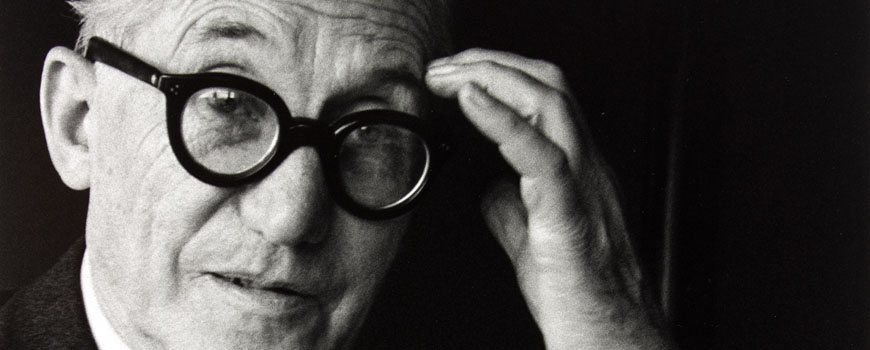Architect, urban planner, visual artist, designer, writer. Though as famous in life as Albert Einstein, Charles-Édouard Jeanneret-Gris (1887 – 1965), better known as Le Corbusier, was a figure very different from what we call a starchitect today.
Born in La Chaux-de-Fonds, a Swiss town in the Jura region close to the French border, in all his life and work Le Corbusier always combined Swiss rigor with more than a bit of Mediterranean spirit, which he inherited from his Romandy’s cultural background, admiration for classic and Renaissance art and architecture, as well as from his familiarity with Paris and southern France, the places where he lived during most of his professional life.
This combination of different cultural influences – as well as why to define Le Corbusier simply as “a master of rationalism” is far from thoroughly describing his personality – comes out, for example, in his post-war works and many of his paintings.
The work of L-C mixes what we call today “modernity”, including also the technological revolution that characterized the first half of the 20th century, with a profound admiration for art history which is evident, for example, in the influence of Vitruvius and Leonardo da Vinci on the Modulor.
Even the nickname Le Corbusier (with its variant Corbu, and L-C), tells us something about his real character. The byname originated from the French word corbeau (raven) as an allusion to the physical appearance of its owner, gangly and hook-nosed, chosen by himself in the 20s as a signature name for his writings and paintings. A touch of irony that perhaps not many might expect from a stereotypical, always serious, Swiss architect. And I bet not many starchitects today would accept to be photographed while painting completely naked or kicking time with pretty unstylish local bartenders and fishermen on a hot summer day in southern France.
Buildings designed by Le Corbusier are open to the public in France, Switzerland, Germany, the United States, Argentina, India, and Japan.
Cover photo: Gisèle Freund, “Le Corbusier, Paris” (1961) © Centre Pompidou, Guy Carrad © Estate Gisèle Freund/IMEC Images; from the exhibition “Le Corbusier. The Measure of Man”, Centre Pompidou, Paris, April 29- August 3, 2015; courtesy of Centre Pompidou.
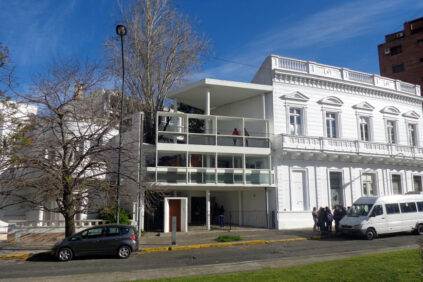
Casa Curutchet, Le Corbusier’s only building in South America
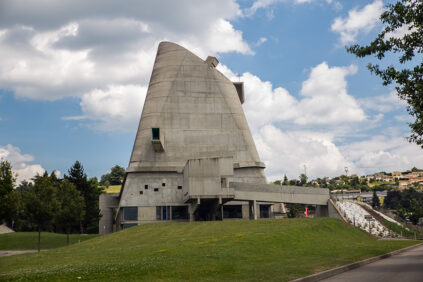
Le Corbusier – Church of Saint-Pierre de Firminy
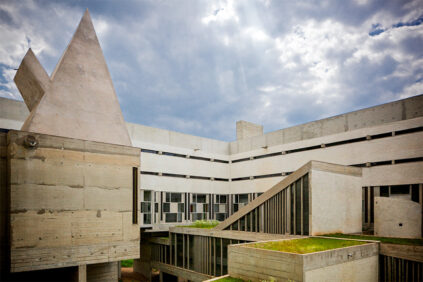
Le Corbusier – Monastery of Sainte Marie de la Tourette, Éveux, France
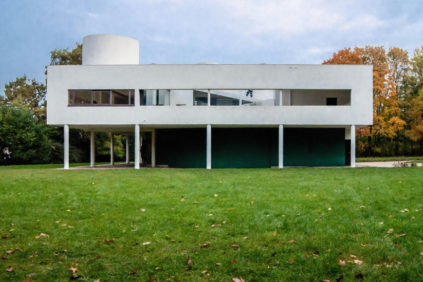
Le Corbusier – Villa Savoye | part 1, history
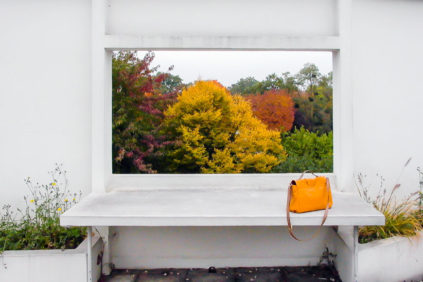
Le Corbusier – Villa Savoye | part 2, architecture
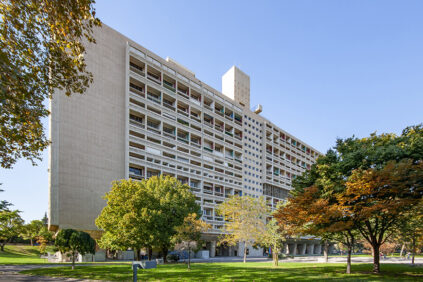
Le Corbusier, Unité d’Habitation – Cité Radieuse, Marseille

Pavillon Le Corbusier – Zürich

The Notre Dame du Haut Chapel in Ronchamp by Le Corbusier
copyright Inexhibit 2024 - ISSN: 2283-5474

